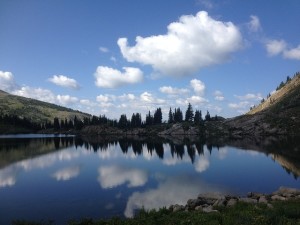I’ve discussed these rules before, but thought it would be a good idea to cover them again, for those who might have missed them. You can use these rules in a survival situation to help you decide what your biggest danger is.
The average human can last:
3 seconds without oxygen to the brain
3 minutes without oxygen
3 hours without shelter in poor weather
3 days without water
3 weeks without food
There are a couple of examples that I have seen added that I don’t much care for, they are:
3 seconds in a violent attack.
3 months without human contact.
I understand the sentiment, but the others are actually provable while these two are speculative.
Lasting the length of time of any of the rules won’t be easy. After a day without water, you’ll feel rotten. I haven’t done an extended fast, but I’m told after a certain amount of time the hunger pangs slow down, but until then, you’ll feel weak, cranky and have limited energy.
Please click here to vote for Prepared Christian as a top Prepper site!
If you liked this article please think about sharing it on the social media listed below, thanks!








